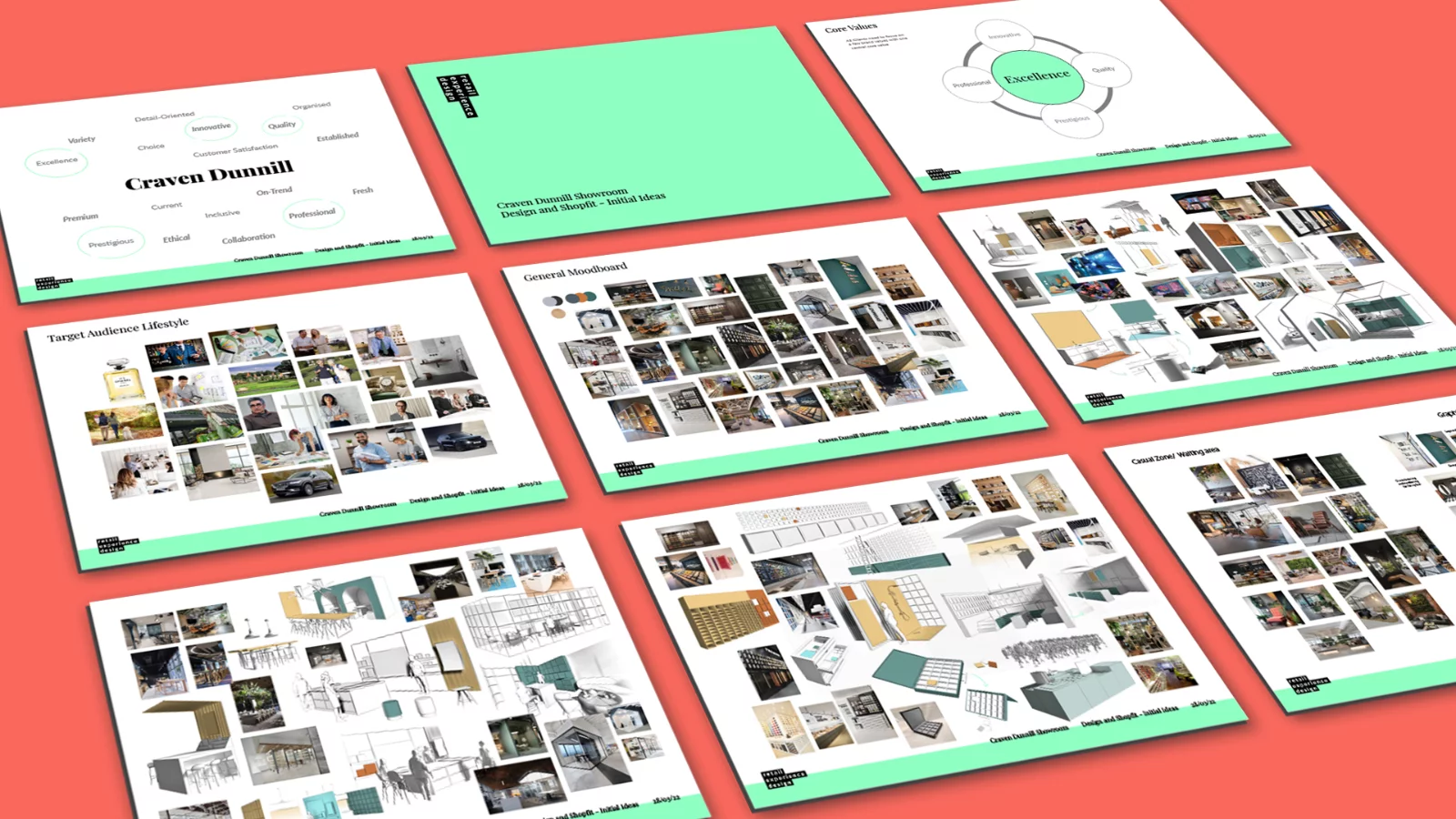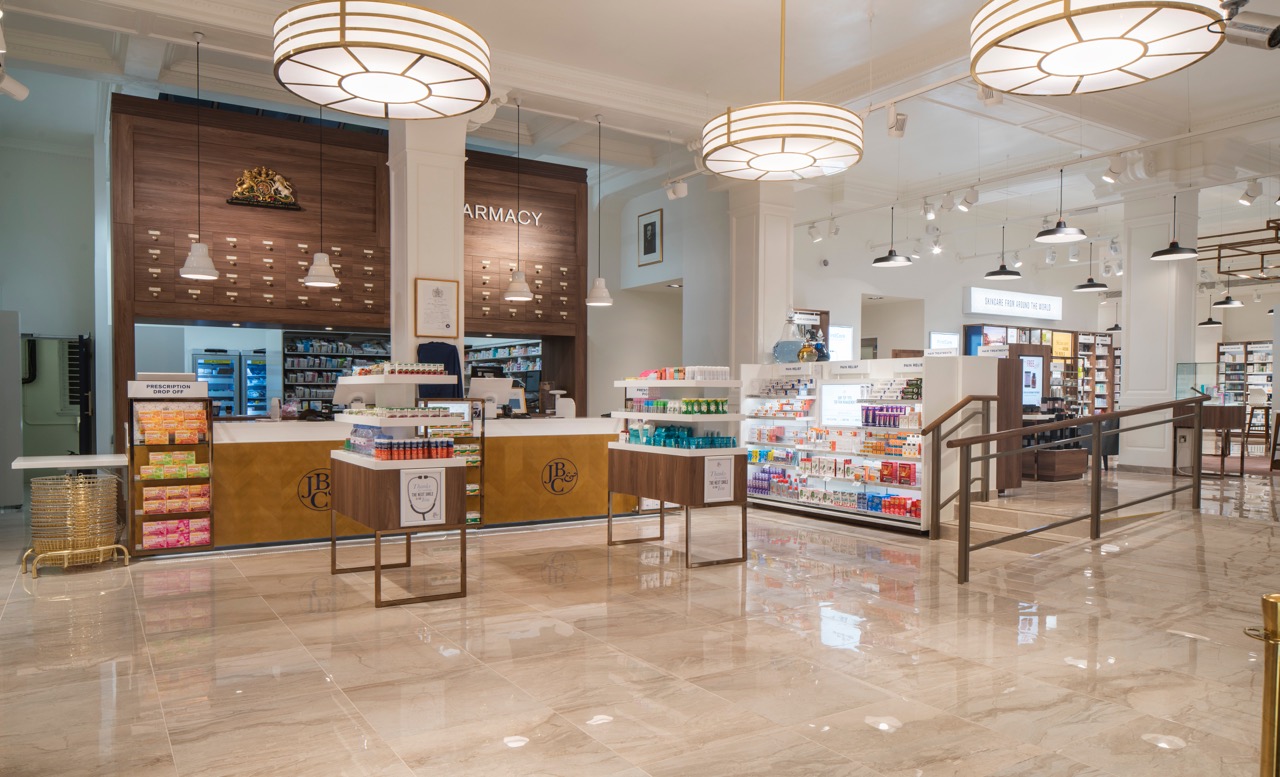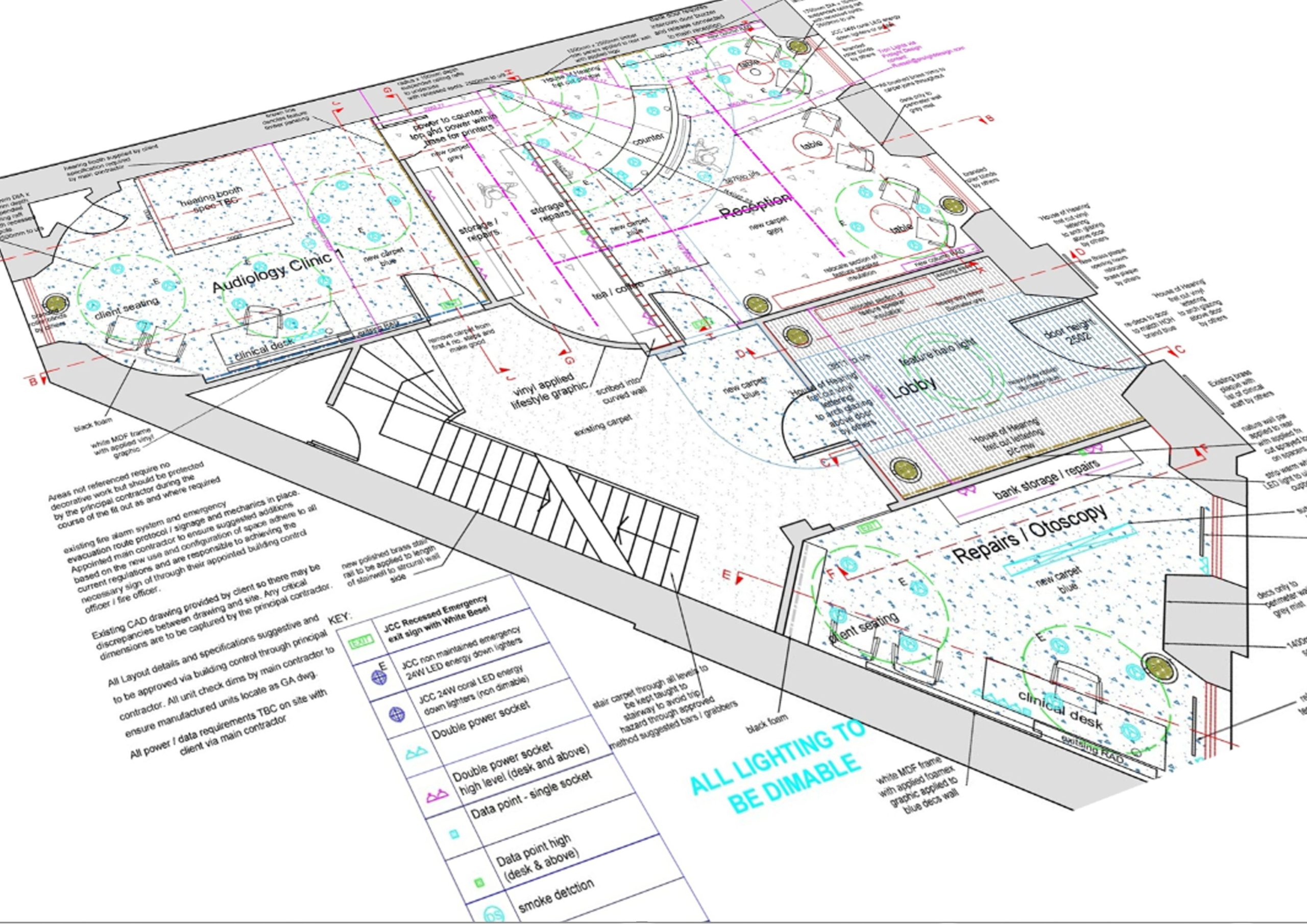Experiential retail: stores that do more than just sell…
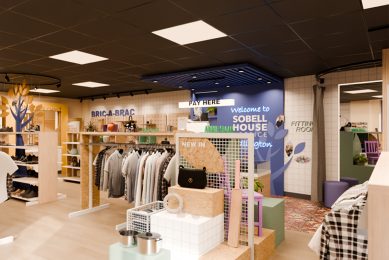
Everyone in the world of retail understands that retail spaces stopped being just “places to buy things” a long time ago.
And yes, customers want more. They want to feel something – to be surprised, entertained, inspired, feel connected when they step into a store or retail environment. They want an experience.
Traditional vs experiential retail
So, what’s the different between traditional and experiential retail? And why are more and more stores taking space away from product display and using it to create a retail experience?
Well, think of it this way. Traditional retail design is about designing the interior space to ensure customers can explore and buy your products with ease and efficiency. But experience-led design is about human interaction. Its purpose is to get shoppers involved in something – doing something that inspires and engages them. In turn, that connects them to your brand and your products. It’s about creating that ‘memorable experience’ everyone is always talking about.
Beyond the immediate transaction
While the goal of experiential retail goes beyond the immediate transaction, let’s be honest, the end game is and will always be about getting consumers to spend – to buy your product, visit your store, choose you over your competitor.
From a design perspective, it’s about curating a space people enjoy being in and have a reason to stay, come back again, and tell others about it. Share it on their socials. Recommend it to their friends.
That emotional connection is an investment. It’s what makes the transaction happen not just once, but again and again.
Experiential retail design isn’t just for the big brands
So far, so good. But how can you embrace experiential retail if you’re not a big brand with a flagship-store budget? What does this actually mean for independent retailers, start-ups or smaller multiples looking to roll out? How can you create this memorable experience everyone is telling you your customers expect?
The good news is that experiential doesn’t have to mean expensive. When you strip away the gimmicks, and focus on your brand, it’s achievable for any retailer.
Our Creative Director, Dean Waugh, puts it like this: “It does mean smaller retailers being smarter. More creative. More intentional. Because simple can be quietly powerful when applied in the right way.” That’s exactly what we aimed for with the design of WheelFreedom an independent online retailer launching their first mobility showroom. They had a huge space and a massively diverse product range. Crucially, this was a range that customers needed to try for themselves. Take today’s dynamic mobility wheelchairs, for example – they need to fit into the boot of a customer’s car. So, we built a half a real car into the wall, allowing people to get a feel for how their equipment would fit.
This wasn’t gimmicky or just for fun. The display had purpose. It was interactive. And it showed customers that WheelFreedom genuinely cared about helping them get the right product.
We took the same approach with their repairs area. Instead of hiding the workshop away at the back, we opened it up. We added a window so customers could see into the workshop and watch their equipment being repaired. We even created a small counter area with chairs so they could sit, chat, and engage with the workshop team directly. Really simple. But highly authentic. It turned a routine repair into something more human: a moment of trust, reassurance and brand connection.
That’s what good experience-led design looks like – something that’s built around real needs, not just flashy features.
Watch out for the gimmicks
Our Senior Designer, Emma, has worked on experiential spaces for some of the biggest names in retail. But she’s quick to remind us that you don’t need a giant budget or a wacky gimmick to create something memorable.
As Emma puts it: “Just because you haven’t got a doughnut-making conveyor belt running through your store, or a chocolate ice cream dispenser in the toilets, or let people sleep overnight to test the beds… and yes, those are all real-life examples… it doesn’t mean you can’t create a great experience.”
When we talk about experience-led retail with our clients, we’re not just talking about wild ideas or Instagram bait. We’re talking about designing store interiors that do more than just enable a sale.
The psychology behind experience-led interior design goes deeper than the transaction. It’s about crafting spaces that reflect your brand, tell your story, and create a genuine connection with the people who walk through your door.
And the truth is, when retailers take a closer look, they’re probably already doing experience-led design in some way — even if they don’t call it that.
A woven-in retail experience
Our project for Perspective Opticians is a great example of this. Their new store doesn’t shout about experiential features but experience is woven into everything.
After their eye test, customers are invited to a VIP dispensing area — a relaxed, comfortable space designed to feel luxurious. They can enjoy hot drinks, wine or beer, while their personal dispensing stylist presents a curated selection of high-end frames, brought out on specially designed trays rather than displayed on open shelves. It’s thoughtful, personal, and makes the customer feel valued.
The optical sector has long been ahead of the curve in this space. Our optical clients like Park Vision regularly collaborate with local independent clothing and jewellery boutiques to create customer events that blend fashion, lifestyle, and eyewear — a great example of smaller retailers creating immersive, memorable experiences without going over the top.
How to improve your in-store experience
We always emphasise to clients that it’s important to get the fundamentals right first. Before you dive into the world of experiential retail, take a step back and make sure the basics are working. As our Creative Director, Dean puts it: “No amount of clever design, experiential-led features or Instagram moments will fix a space that’s hard to navigate or doesn’t reflect your brand.”
Ask yourself:
- Does your store interior clearly reflect who you are as a brand?
- Can customers move through the store layout with ease — and is that journey designed to highlight your products and touchpoints?
- Are your merchandising and displays doing your range justice?
- Is your lighting suitable for the products and the atmosphere you want to create?
- Do you have clear signage and wayfinding?
- Is your counter and service points positioned to support and not interrupt the customer journey?
- Do you have the right storage systems to keep the space feeling clear and considered?
These are the fundamentals of good store design — and they need to be in place before you start layering on experience. Get the foundations right, and everything else that follows will have far more impact.
But what the big retail brands are starting to do well and it’s something all retailers, no matter their size, can do — is curate their product offering more carefully. Not just to reduce choice fatigue, but to create space for more meaningful, experience-led moments – that are built around telling a story through the space, and that support the customer journey from start to finish.
No flying unicorns required
As our senior designer, Emma, points out, “Lots of retailers are probably doing experience retail really well and have been for years, but just think because it’s not going viral on YouTube or making headlines in Dezeen it doesn’t mean anything. It’s about being authentic and believable not being a one-trick pony.
Fellow senior designer, Taylor adds, “Experience-led retail isn’t really new when we think about, it’s been happening for years across independent retail — it’s just got a new name. You could even argue that the independents lead the way as long before the term ‘experiential retail’ started trending, independent retailers were doing it in their own way. No unicorns flying through the shop. No DJ booth centre stage. Just real, human experiences that gave people a reason to visit, stay, and come back.
They’re right. Think about it:
- Wine shops offering in-store tastings, pairing evenings or building bars into their spaces so people can sample, eat, and chat.
- Bookshops hosting authors for meet-and-greets, readings, and workshops.
- Chocolate shops running chocolate-making experiences or giving customers the chance to taste products instore.
- Florists holding bouquet-making evenings or wreath workshops.
- Opticians offering personal styling, curated dispensing or VIP dispensing experience
These are all examples of effective experiential retail, done for the right reasons. They weren’t aiming to go viral – the goal was to build loyalty, connection and community. And it works.
Never feel like experiential retail is only for the household-name brands with big budgets. It’s not. If you’re an independent retailer, a start-up, or a growing brand — experience-led retail is for you. You just have to think beyond the transaction. And crucially, start by ensuring the basics of your store design is right.
And when you do start exploring the experience-led side of retail, keep it simple, purposeful and authentic. Create something with meaning. Create something that lasts.
Finding that unexpected moment
There are loads of great examples of retailers doing experience-led well — thoughtful, clever, and completely on-brand. To end on a smile, here are a few of our favourite slightly more unexpected moments in retail experience:
Chocolate Unwrapped Pop-Up, Soho – Four floors of full-on chocolate indulgence, featuring bean-to-bar labs, a cupcake room, a mousse bar, and chocolate cocktails. Yes, really.
Greggs x Primark – the now-legendary sausage roll streetwear collab that brought the world branded bucket hats, hoodies, and even sliders… all in pastry-themed glory.
IKEA Sleepover – a lucky few got to bring their pyjamas and settle in for a night of bedtime stories, midnight snacks and mattress testing – all after hours, of course.
So, whether your version of retail experience is calm and curated or completely unexpected, just remember: it’s all about making people feel something. Make them smile. Make them stay. Make them spend. Make them come back.
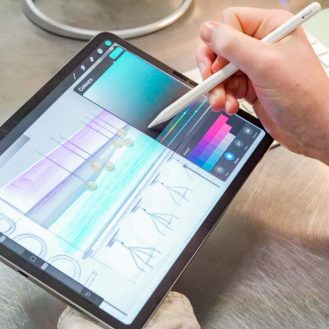
Let’s transform your space together
Whether you’re relocating, refocusing, renovating or repositioning, we have the experience to make your space a success.
Contact us